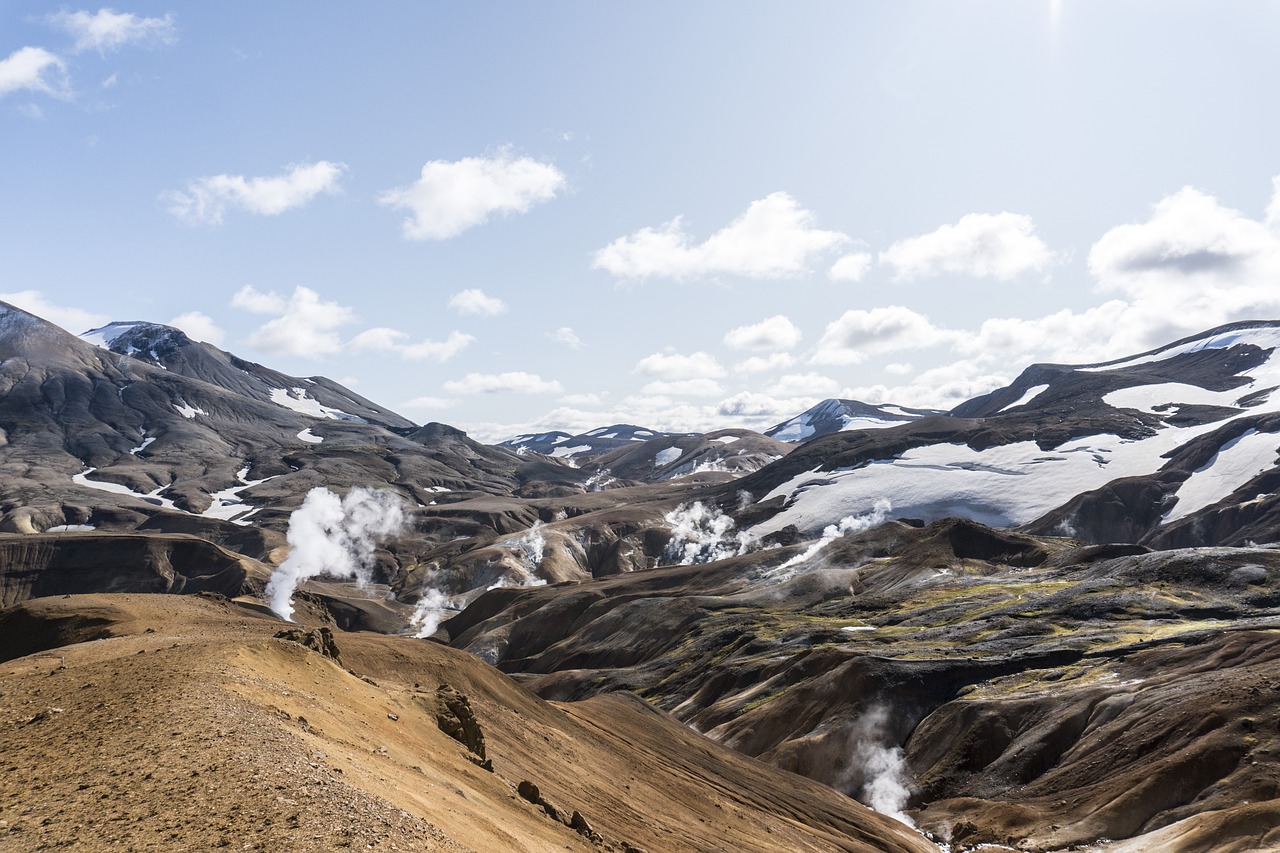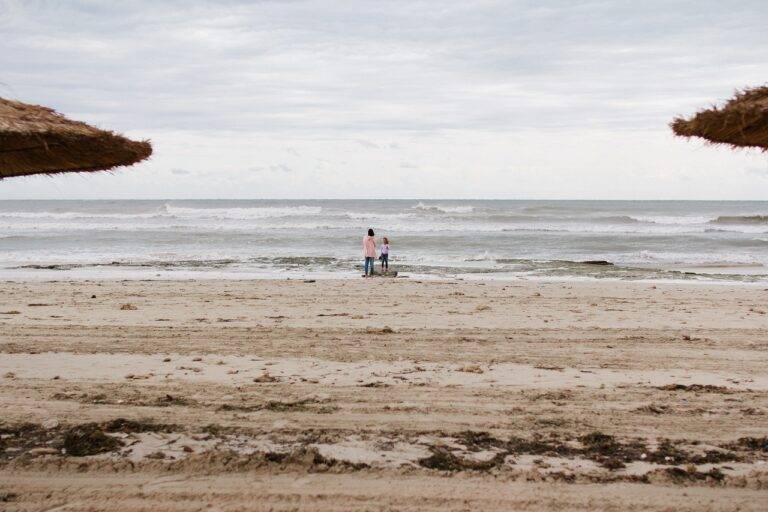Exploring Urban Wildlife: Finding Nature in the Concrete Jungle
Cities are often thought of as concrete jungles devoid of nature, but they are actually teeming with a surprising array of wildlife. From treetop-dwelling birds to scurrying rodents, urban areas provide a varied habitat for a diverse range of wildlife species. These creatures have learned to adapt to the hustle and bustle of city life, finding shelter in parks, gardens, and even abandoned buildings.
Despite the challenges of navigating a world dominated by humans, urban wildlife continues to thrive in unexpected ways. From raccoons raiding garbage bins to peregrine falcons nesting on skyscrapers, these resilient animals have found innovative ways to make the city their home. As we uncover more about the rich tapestry of urban wildlife, it becomes clear that our cities are truly alive with a remarkable diversity of species.
The Challenges of Coexisting with Urban Wildlife
Urban areas are increasingly becoming home to a wide variety of wildlife species, presenting challenges for both humans and animals. One of the main challenges of coexisting with urban wildlife is the potential for conflicts to arise due to competition for resources such as food, water, and shelter. As urban development continues to encroach upon natural habitats, wildlife is forced to adapt to new environments which can lead to increased encounters with humans.
Another major challenge of coexisting with urban wildlife is the risk of negative interactions and potential dangers to both humans and animals. Instances of wildlife attacking pets, scavenging for food in residential areas, or even entering homes can create safety concerns for residents. Moreover, the spread of diseases from wildlife to humans is a significant issue that requires careful management and awareness. Efforts to mitigate these challenges involve implementing strategies for managing wildlife populations, creating wildlife-friendly urban landscapes, and promoting coexistence through education and awareness campaigns.
• Implementing strategies for managing wildlife populations
• Creating wildlife-friendly urban landscapes
• Promoting coexistence through education and awareness campaigns
In addition to the challenges of competition for resources and negative interactions, another issue that arises from coexisting with urban wildlife is the impact on ecosystem balance. Urban areas often disrupt natural food chains and habitats, leading to imbalances in local ecosystems. For example, an increase in certain predator species can result in a decline in prey populations, causing ripple effects throughout the ecosystem.
Furthermore, the presence of urban wildlife can also lead to property damage and economic losses for residents. Animals such as raccoons, squirrels, and birds may cause damage to gardens, homes, vehicles, and infrastructure. Finding ways to prevent or mitigate this damage while respecting the needs of wildlife is essential for fostering peaceful coexistence between humans and animals in urban environments.
Overall, successfully navigating the challenges of coexisting with urban wildlife requires a combination of proactive planning, responsible management practices, public engagement efforts, and ongoing research into effective solutions. By working together towards creating harmonious relationships between humans and wildlife in cities around the world, we can ensure a sustainable future for both ourselves and our animal neighbors.
How Urban Development Impacts Wildlife Habitats
As urban areas expand to accommodate growing populations, natural habitats are frequently altered or destroyed to make way for new developments. In many cases, these changes fragment wildlife habitats, making it difficult for certain species to find suitable areas for nesting, feeding, and mating. As a result, urban wildlife populations may decline and some species may face the risk of extinction due to loss of habitat.
Moreover, the construction of buildings, roads, and other infrastructure in urban areas can lead to increased levels of pollution and habitat degradation. Pollution from vehicle emissions, industrial activities, and improper waste disposal can have detrimental effects on both wildlife and their habitats. Additionally, the transformation of natural landscapes into artificial urban environments can disrupt ecological processes and disrupt the delicate balance of local ecosystems.
What are some examples of urban wildlife commonly found in cities?
Some examples of urban wildlife commonly found in cities include squirrels, birds, raccoons, and deer.
What are some challenges of coexisting with urban wildlife?
Some challenges of coexisting with urban wildlife include increased human-wildlife conflicts, habitat loss, and the spread of diseases.
How does urban development impact wildlife habitats?
Urban development impacts wildlife habitats by destroying natural habitats, fragmenting wildlife populations, and increasing pollution and noise levels.
What are some ways to mitigate the impact of urban development on wildlife habitats?
Some ways to mitigate the impact of urban development on wildlife habitats include creating wildlife corridors, implementing green infrastructure, and preserving green spaces within cities.





